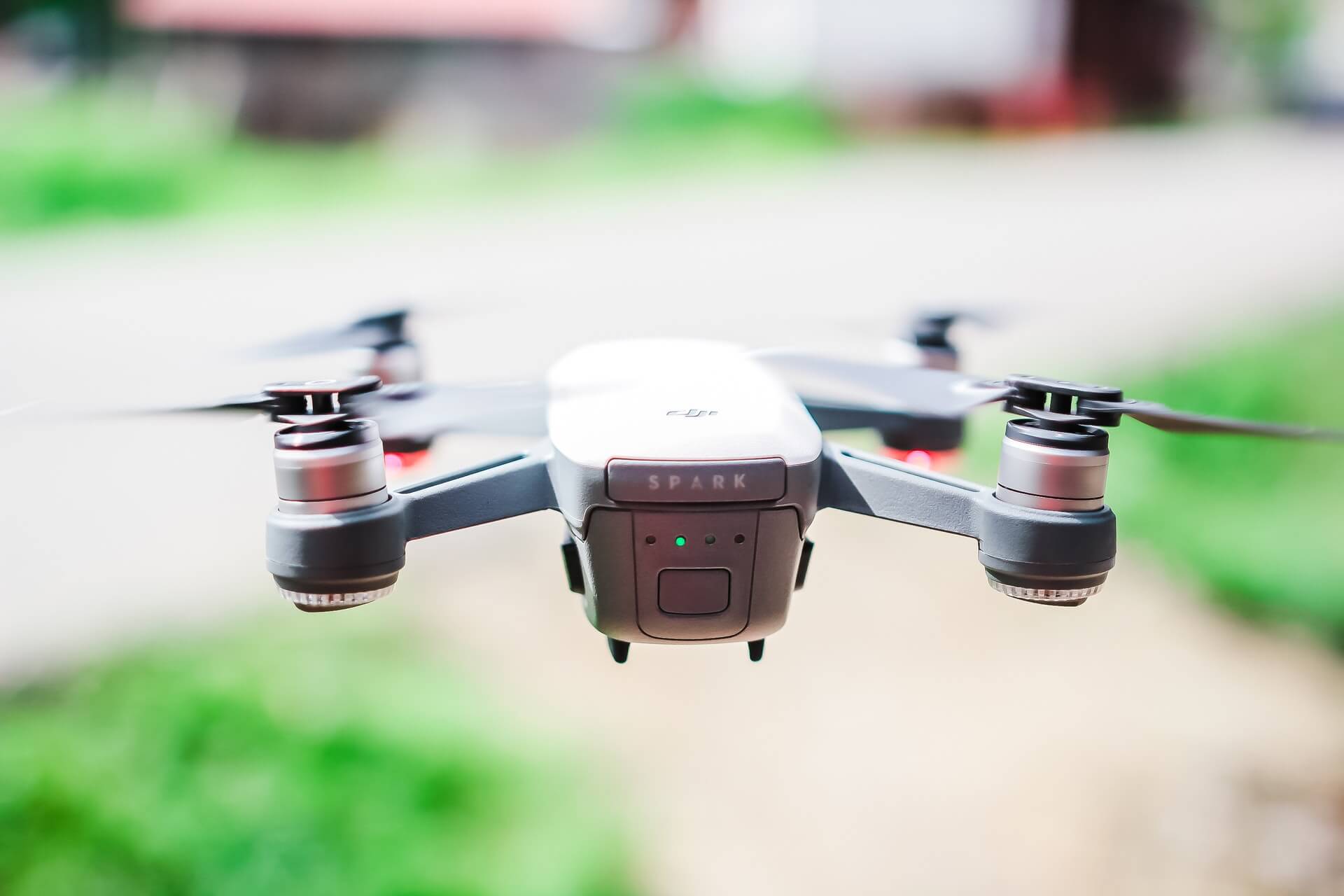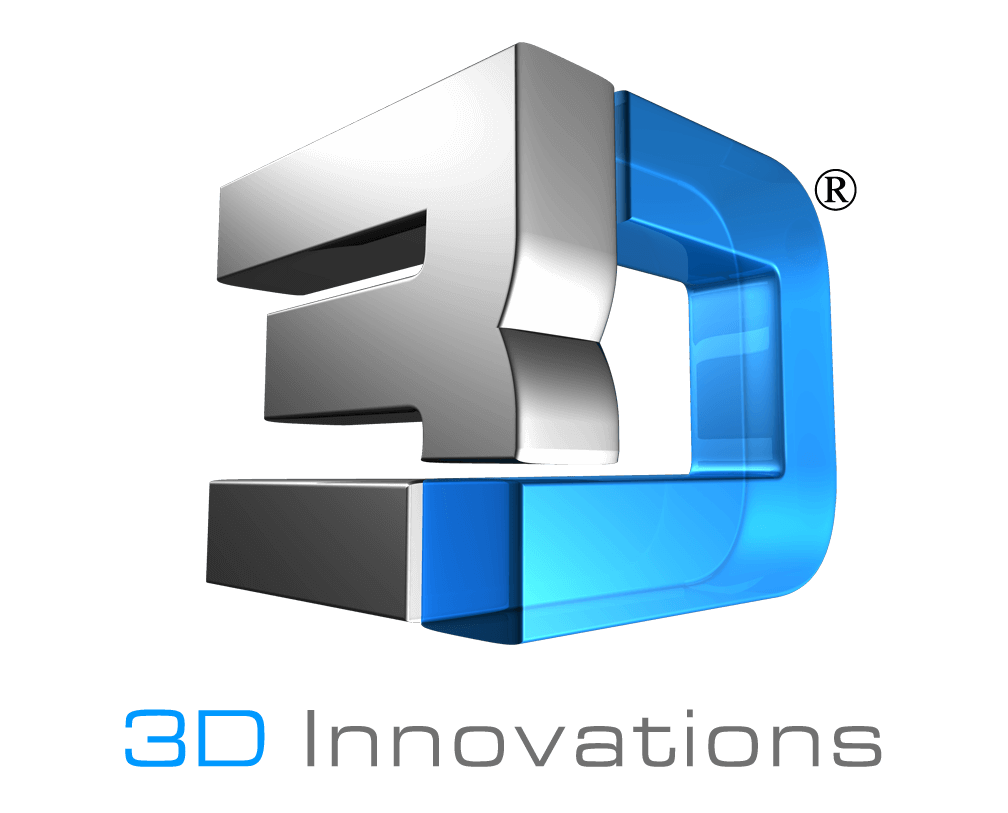 Within the last five to ten years there has been a visible shift in the way teachers approach, introduce and incorporate STEM education into their classrooms. Technological advancements coupled with vocal industry proponents, have successfully transformed the way STEM education is taught. This is great news, because the long-term benefits of STEM education are profound on students’ future career success—whether in a STEM field, or not.
Within the last five to ten years there has been a visible shift in the way teachers approach, introduce and incorporate STEM education into their classrooms. Technological advancements coupled with vocal industry proponents, have successfully transformed the way STEM education is taught. This is great news, because the long-term benefits of STEM education are profound on students’ future career success—whether in a STEM field, or not.
Reimaging STEM Education
Where once lectures and standardized tests were the main ways to teach and test STEM knowledge, today’s teachers understand that there are better, more hands-on methods, of educating students around STEM subjects.
3D Printing
For instance, 3D printing technology has revolutionized classrooms, schools and makerspaces around the world. 3D printing makes learning fun and engaging. Students can now move away from books and lectures and actually design and print the subject they are learning about. Learning about ancient Egypt? Design and print a model of a mummy.
3D Modeling
Let’s take a quick step back, and before you even get to the 3D printing phase, a CAD model must be designed. This is just another way in which students get to test ideas, theories and use their critical thinking skills. Here at 3D Academy, we have seen a real shift and educators are more interested than ever in introducing students to 3D modeling programs because they understand the long-term benefits of this skill set.
Drones
Drones are taking off, literally and figuratively, in the classroom. This is another area that draws awe from students and they have proved a great way to provide hands-on learning. Whether students are working together to design an actual drone, a replacement part for one or understanding the ways in which this technology can be used in different industries—it has successfully captured the attention and imagination of students.
“Engineers will address the complex societal challenges of the 21st century by building a new generation of machines, materials, and systems. We should fundamentally rethink how we educate engineers for this future,” says Ed Crawley, the Ford Professor of Engineering in the Department of Aeronautics and Astronautics at MIT.
STEM Education Teaches Life Skills
Teamwork and Collaboration
Working as part of a team starts from a young age and continues on into the workplace. Learning how to collaborate and work together is a necessity. Teamwork helps students learn about different perspectives, respecting other ideas and coming up with a solution together.
Problem Solving Skills
Hands-on lessons for STEM subjects often revolve around solving real world problems. Students must assess a situation and develop a solution. Problem solving skills are immensely beneficial both inside and outside of the classroom. Having the ability to stop, assess, analyze, hypothesize and solve a problem is a skill every individual needs at every age level.
Innovative Thinking
We are all aware of the benefits of “thinking outside the box”, however, this does not always come naturally. Learning to ask questions and develop diverse solutions helps to instill an inquisitive mindset.
The way STEM education is being taught has fundamentally shifted and this change will no doubt have a major impact on our future generation of STEM professionals and business leaders.
Have questions about the way our 3D Academy program can complement your areas of study in the classroom? Send us an email at info@3d-innovations.com
______
3D Innovations is a Product Development Company – from the 3D Design to a fully functional 3D Prototype & Product.
Subscribe to the 3D Innovations newsletter on our Facebook page!

